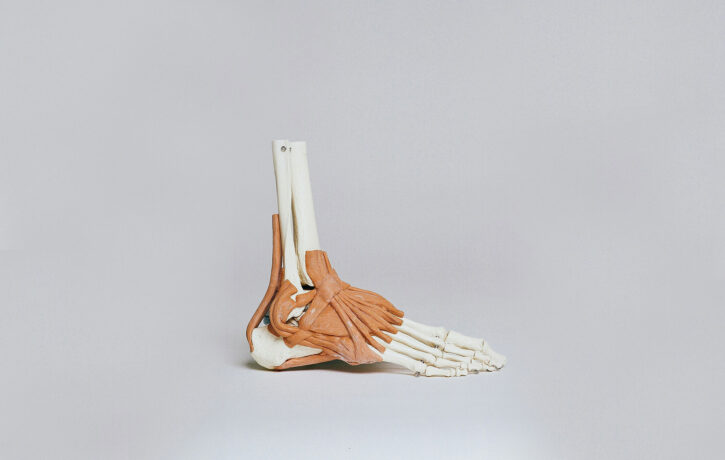Ankle Sprains

Ankle sprains are a widespread injury that many individuals experience, often from engaging in activities like running, walking on uneven surfaces, or even a simple misstep. Despite the prevalence of this type of injury, there is often a lack of understanding in society regarding the best ways to manage and treat ankle sprains. Staying updated on the most effective treatment strategies is crucial, as it can significantly reduce recovery time and lower the chances of re-injury.
What is an Ankle Sprain?
An ankle sprain occurs when the ligaments that stabilize and support the ankle joint are overstretched or torn. Ligaments are tough bands of tissue that connect bones to one another, and their primary role is to maintain the stability of the joint. A sprain usually results from a sudden twist or awkward turn of the foot, often occurring during athletic activities or everyday movements like walking on uneven ground.
Depending on the degree of damage to the ligaments, ankle sprains can range from mild to severe. The symptoms typically include pain, swelling, bruising, and a limited range of motion in the ankle joint.
When to Seek Professional Help
While many ankle sprains are mild and can be effectively managed at home, it is important to recognize when medical attention is necessary. For instance, if you experience intense pain, have difficulty bearing weight on the injured foot, or notice significant swelling or bruising, it is advisable to seek professional medical advice. In such cases, a healthcare provider may recommend diagnostic imaging tests, such as X-rays, to ensure there are no fractures or other complications that could interfere with recovery.
Treatment and Rehabilitation
In the immediate aftermath of an ankle sprain, rest, ice, compression, and elevation (the RICE protocol) are often recommended to reduce swelling and alleviate pain. However, it is essential to transition into rehabilitative exercises once the acute phase of the injury has passed. These exercises, aimed at restoring strength, flexibility, and stability to the ankle, are crucial in ensuring a full recovery. Working with a physical therapist can be beneficial during this stage, as they can guide the recovery process and help prevent long-term complications, such as chronic instability or weakness in the ankle.
Long-Term Care and Prevention
Preventing future ankle injuries involves taking steps to strengthen the muscles around the ankle and practicing exercises that improve balance. Proper footwear is also essential, particularly during physical activities or when navigating uneven terrain. Additionally, warming up before engaging in sports or other strenuous activities can help prepare the body and reduce the likelihood of injury.
Conclusion
Ankle sprains, while common, should not be taken lightly. With proper management, including rehabilitation and preventative measures, individuals can recover more quickly and reduce the risk of future sprains. Seeking medical advice when necessary and prioritizing long-term care strategies are key to regaining confidence and strength in the injured ankle.
Matthew Oliver is an osteopath, musculoskeletal pain specialist and massage therapist. For further information or to book a treatment with Matthew, phone The Body Matters on 01702 714968 or contact us to book an appointment.
- Finding Hope and Comfort Through Pain - 21st March 2025
- Non-Pharmacological Solutions for Managing Pain in Parkinson’s - 19th February 2025
- The Healing Touch: How Massage Benefits People with Spinal Injury Pain - 28th January 2025
